The collection of art, sculpture and objects collected by the powerful Farnese dynasty now being shown at Palazzo Caffarelli on Rome’s Capitoline hill /Campidoglio was a perfect excuse to go into Rome from the quiet Tuscia town where I now live.
The Capitoline Museums was the first museum visited upon my arrival in Rome 60 years ago for I had been entranced by descriptions of the place in “The Marble Faun” by fellow New Englander - Nathaniel Hawthorne.
The Capitol and its museums are the perfect introduction to the “layer cake of history” that defines Rome and its denomination as the Eternal City. The modern vibrant city coexists with its ancient past and sharp contrasts signal the passage of time. Note the difference between the steepness of the 122 stairs leading up to the Aracoeli church and the easy sloping ramp designed by Michelangelo in 1536.
Altare della Patria monument with modern lift contrasts with Aracoeli’s staircase
On one side the medieval concept of life as a “weary pilgrimage leading ultimately to heaven” while the cordonata leads to a stage set for Renaissance ceremonies punctuated by the dramatic equestrian statue of Roman emperor and philosopher Marcus Aurelius. The original bronze statue, conserved in the museum, only survived through the centuries because it was thought to represent the first Christian emperor, Constantine.
Tickets to the Capitoline Museums and the separate Farnese exhibit (5 euro for over 65) are available at the main entrance to the Capitoline Museums, now partially blocked by restoration work, which continues in nearby Piazza Venezia. After purchasing your ticket, pass beneath an archway to the small shady garden overlooking the skyline of church domes, spires and the roof of the Babylonian-style synagogue.
Beneath the sign for the Farnese exhibit (opening photo) a doorway leads to the buffet/bar for a snack or cappuccino before entering the exhibit or afterwards. Another surprise for visitors is the recently installed reproduction of the gigantic Constantine statue.
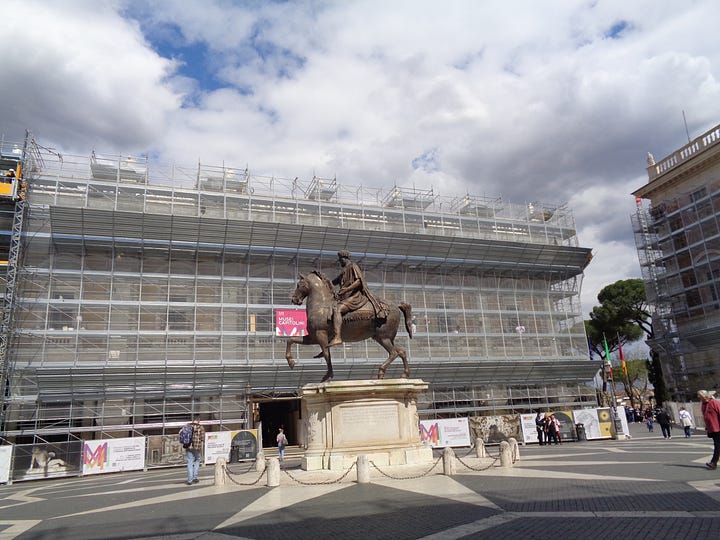
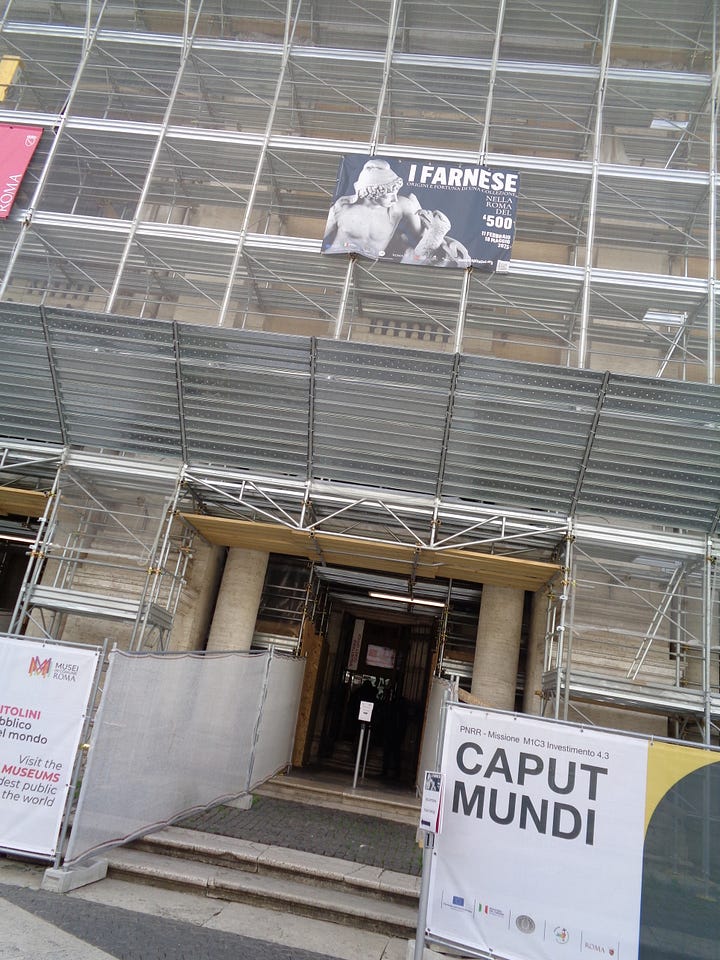
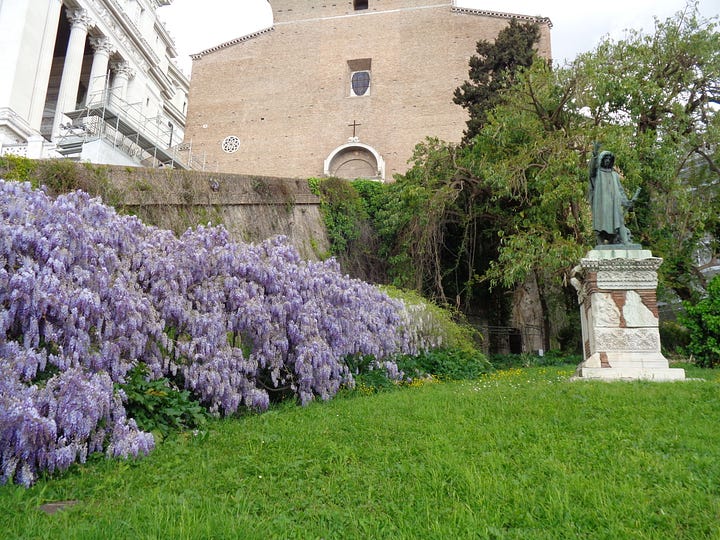
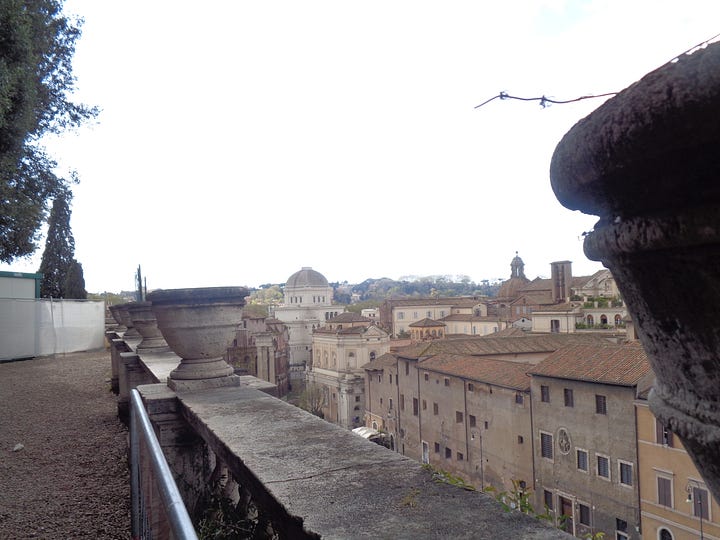
Piazza del Campidoglio, equestrian statue of Marcus Aurelius, Museum entrance, glicine/wisteria and Cola di Rienzo statue, Rome’s skyline
Newly installed reproduction of colossal Constantine statue in the gardens of Palazzo Caffarelli
The Farnese exhibit celebrates the art collected by the powerful family of popes, cardinals, and mercenaries that dominated the Italian peninsula during the 1400-1500s. Their palazzi and art collections range from Parma, Piacenza and Colorno in the north to castles and villas in Tuscia, where the family originated, to Palazzo Farnese, now the French embassy in Rome.
The French embassy, Palazzo Farnese, the twin fountains in Egyptian granite once graced the Baths of Caracalla. The Farnese added the lily - symbol of both the Farnese family and France.
Before entering the darkened exhibition space, staff members (like Giulio and Barbara) will let you leave bags and jackets in a locker and point out the walls of the Roman temple of Jupiter that stood on this spot - plus the original Marcus Aurelius statue.

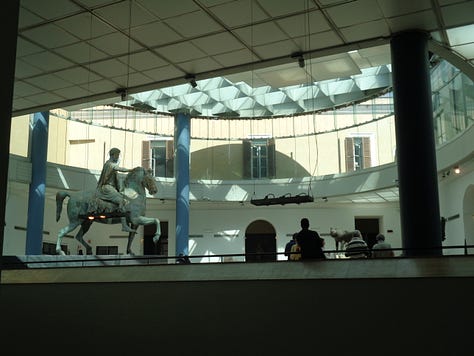
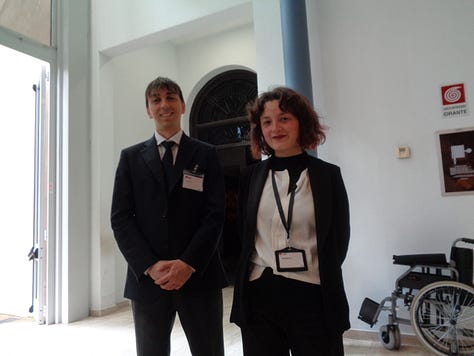
Family portraits are dramatically lighted in the darkened hall. The exhibit includes Roman statuary from excavations in Pompeii, delicate illuminated books and designs by Renaissance artists who worked for the Farnese dynasty.
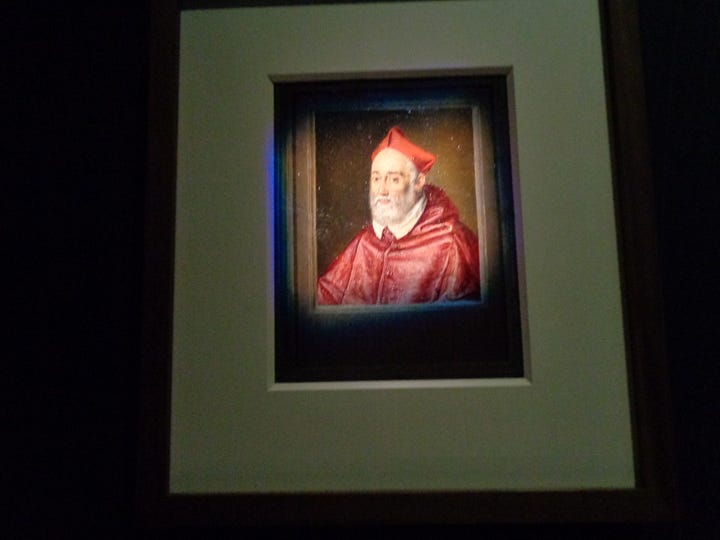

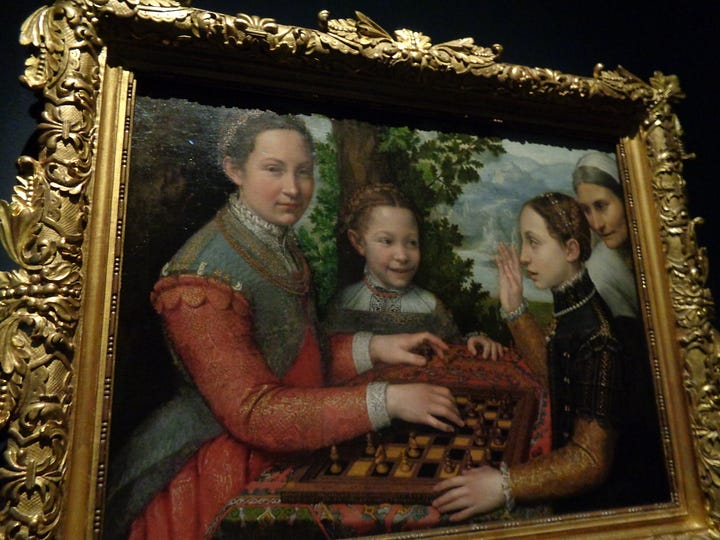
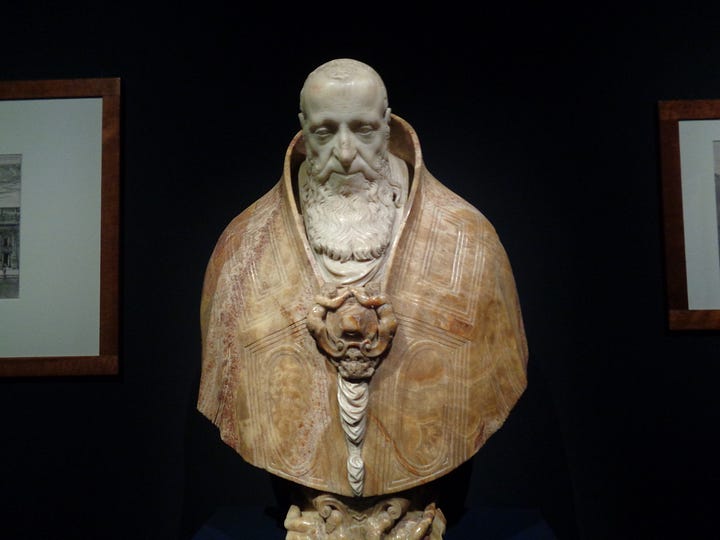
highlights of the exhibit: family portraits and Roman statuary from Naples Archeological and Capodimonte museums .
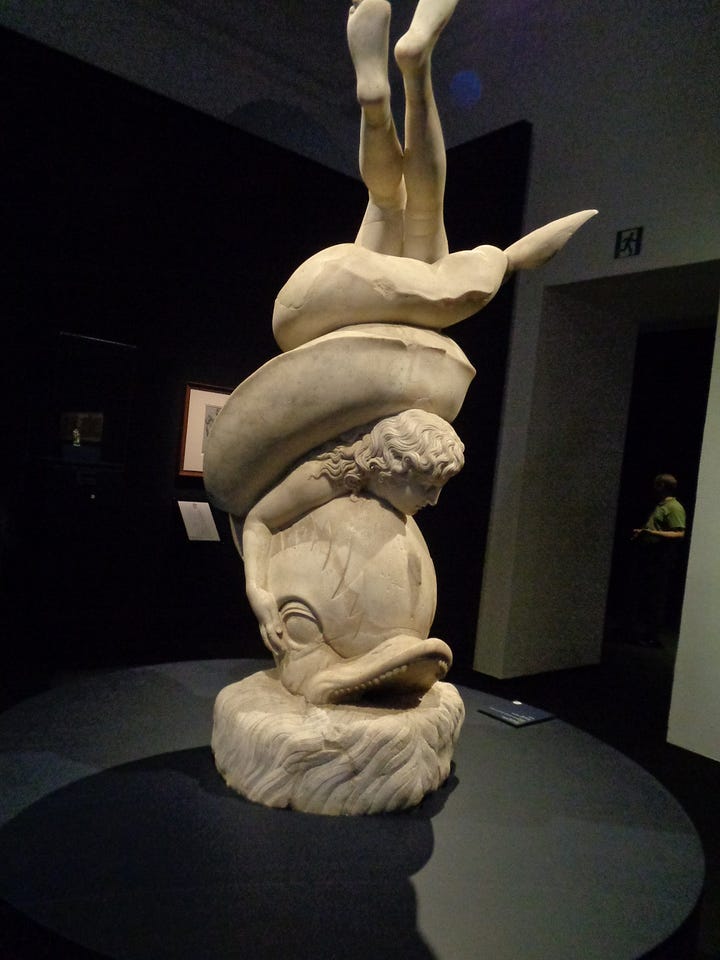
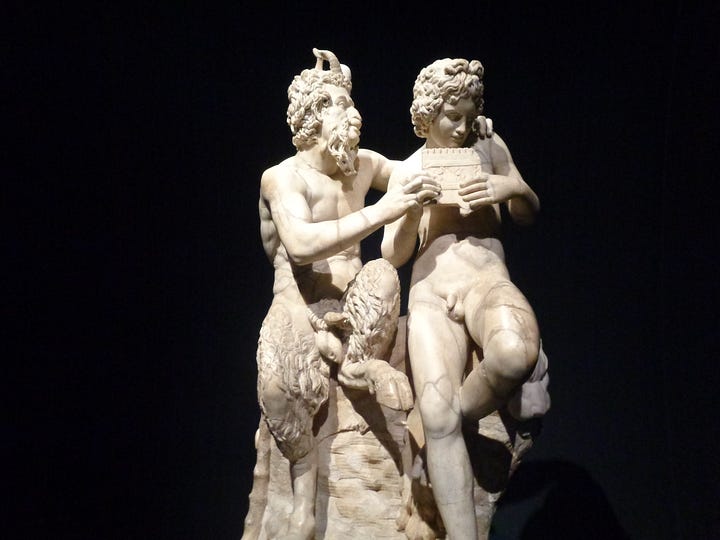
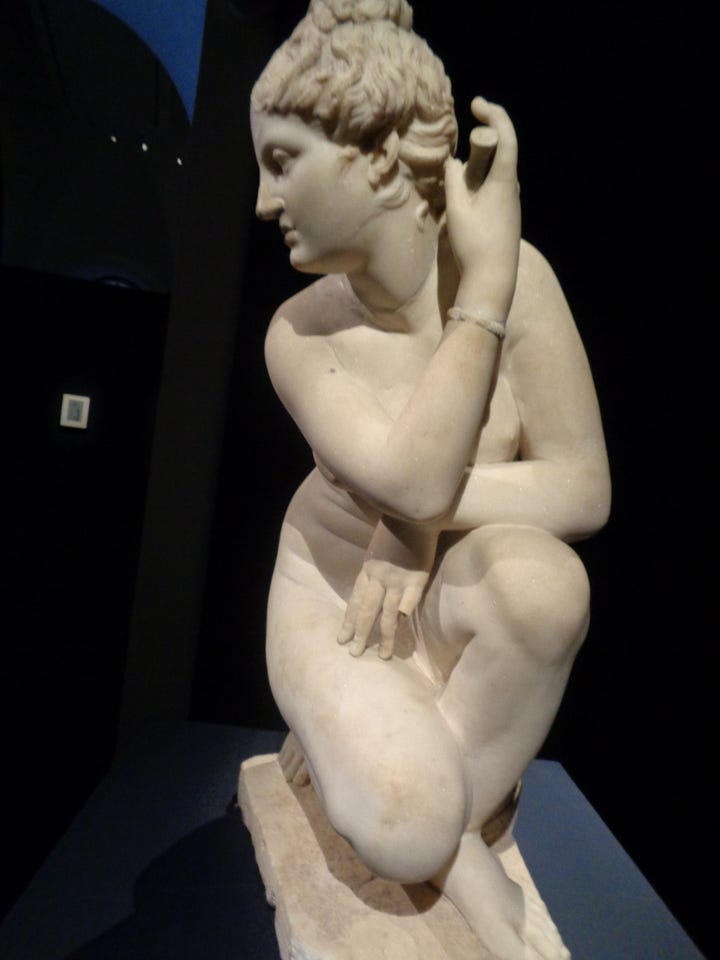
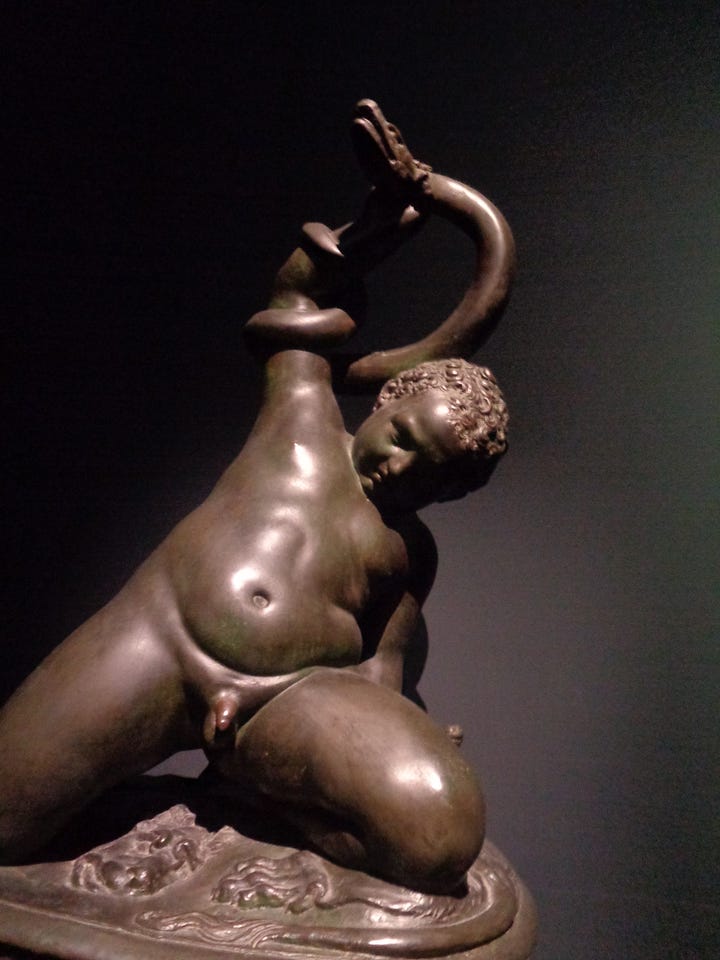
The last room holds the breath taking silver casket/cofanetto- commissioned around 1547 by Cardinal Alessandro Farnese as a gift for the wedding of Maria d’Aviz of Portugal with his nephew, also named Alessandro Farnese. Click on the underlined links for in-depth information.
The Farnese casket /cofanetto in silver and rock crystal by Manno di Bastiano Sbarri, a pupil of Cellini
Coming up: secrets of the Farnese : the real Beauty and the Beast, scandalous Farnese women, the Farnese town destroyed by a rival pope.
If you are visiting Civitavecchia (port of Rome) or Viterbo, like the Hawthorne family did in the 1800s, you will not be frightened as they were if you download my audio guides published with Voicemap . Learn more about the area where the Farnese dynasty originated - Tuscia/Etruria- Message me to claim the discount (8 instead of 12 euro) . Offer ends May 5th - with free postage to Italian addresses.
all photos copyright M.J. Cryan 2025


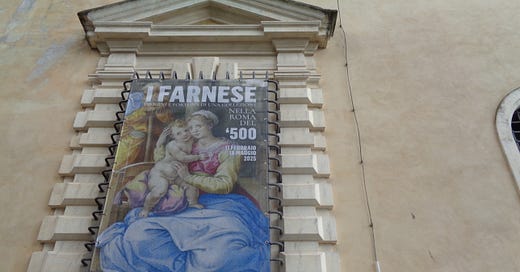



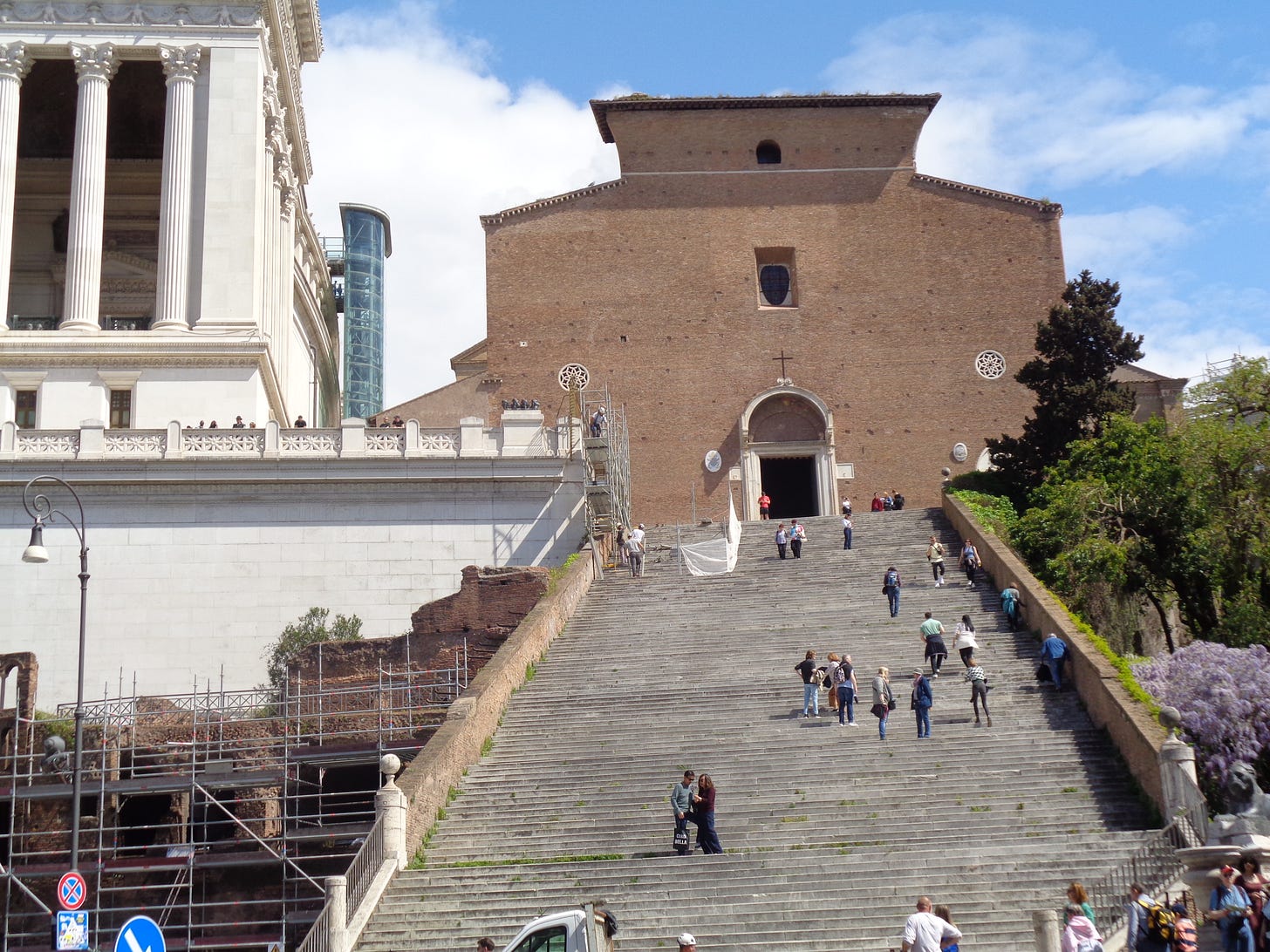
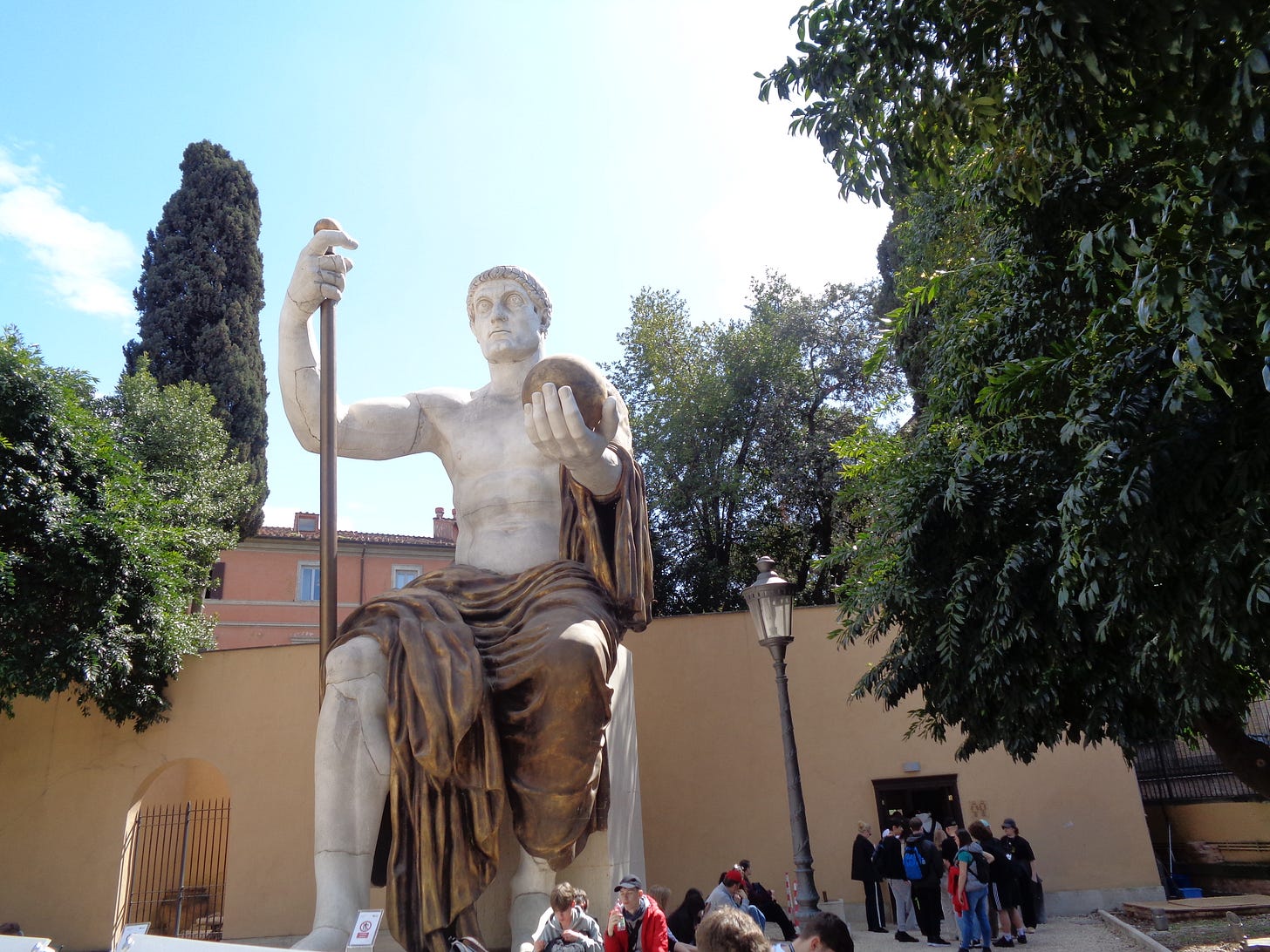
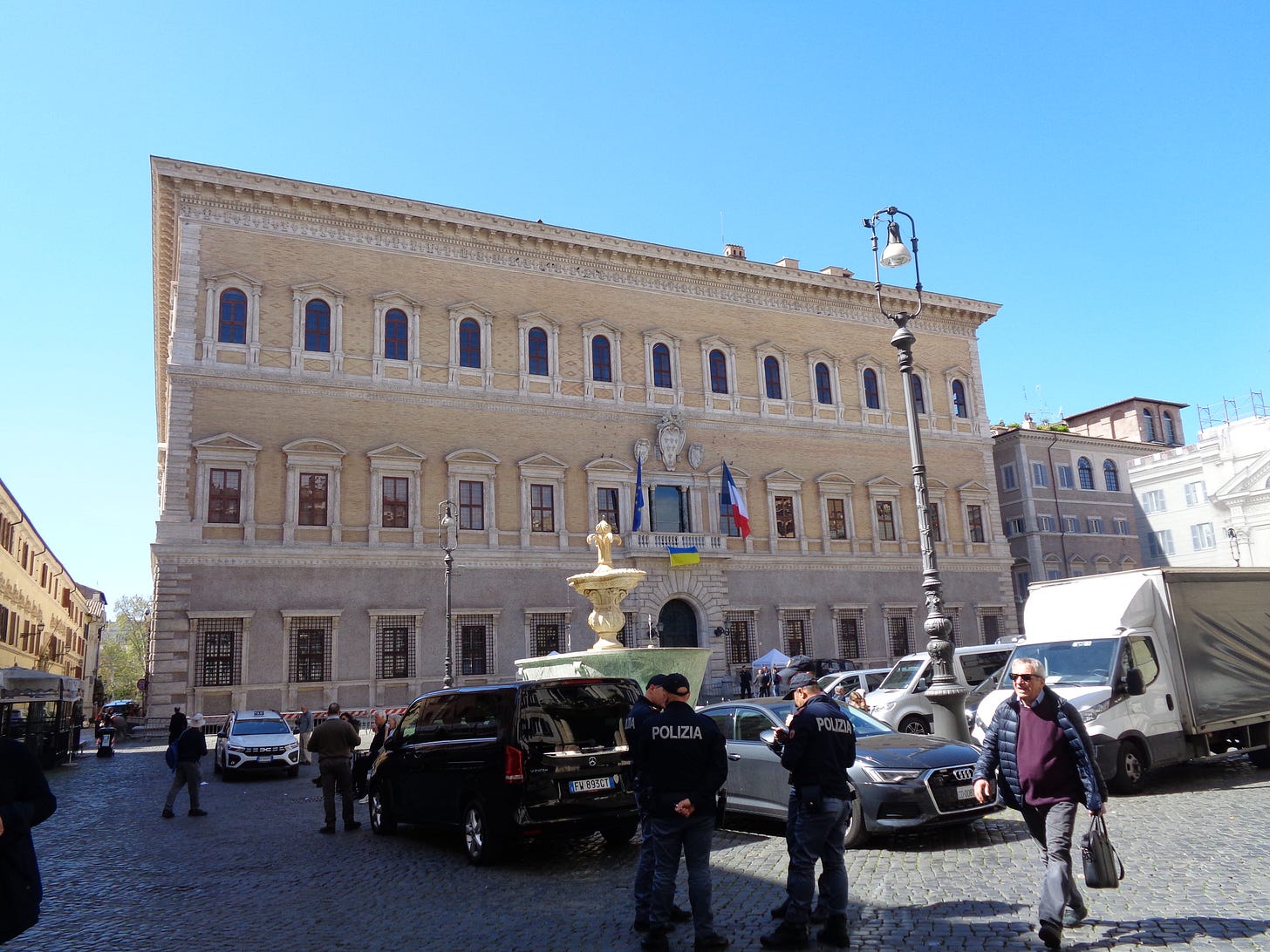
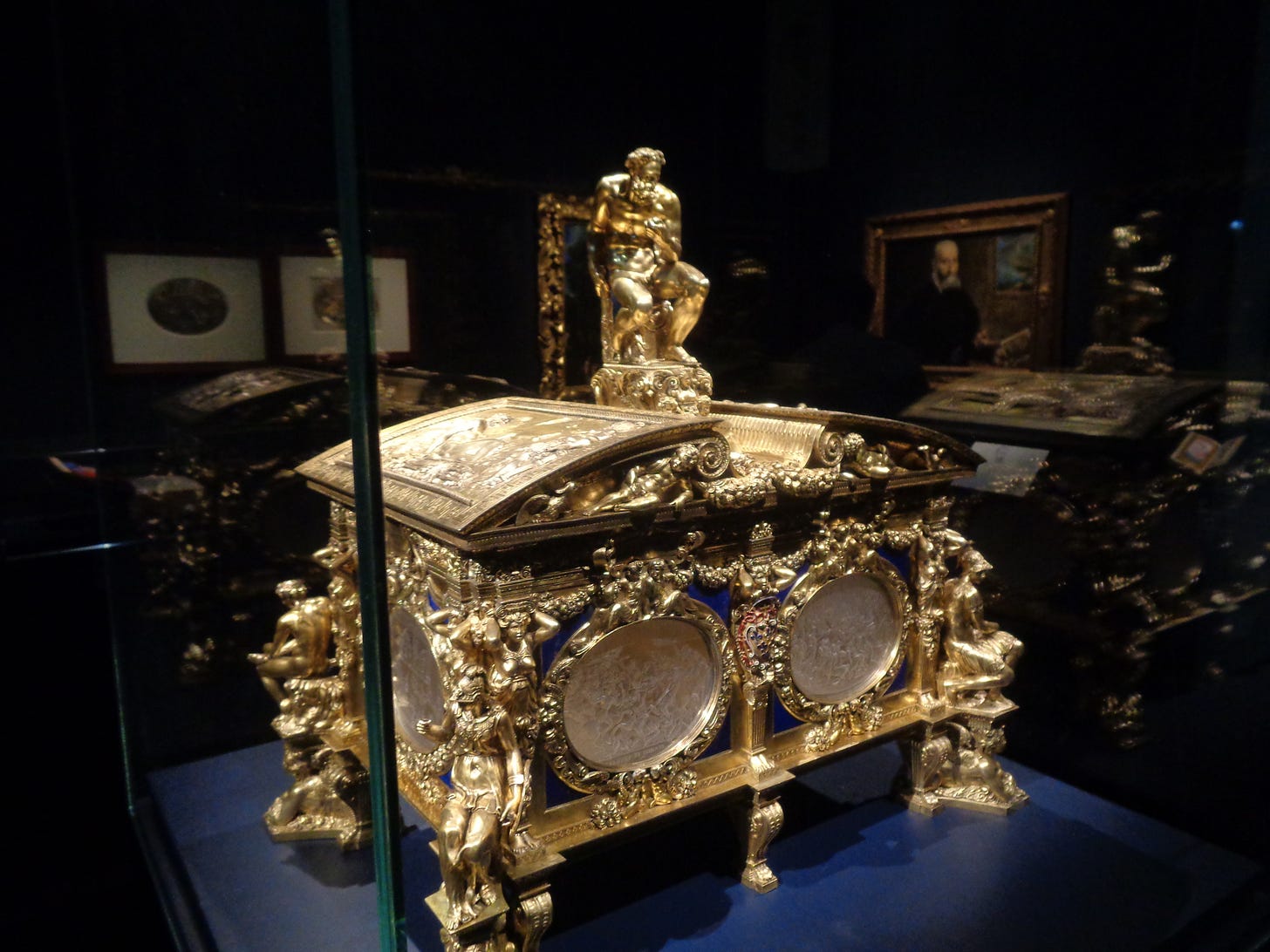
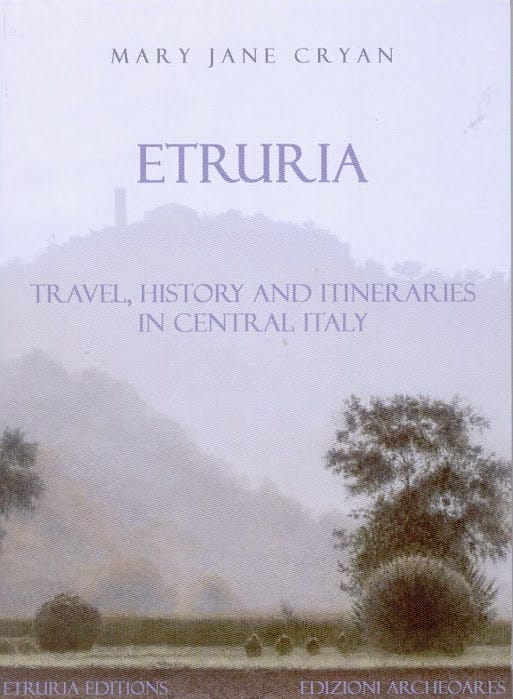
I find the Farnese dynasty so fascinating. Palazzo Farnese in Caprarola is just unbelievably beautiful. I've also seen the Teatro Farnese in Parma and the Farnese collection of sculptures in the Archeological Museum in Naples. Sounds like I need to check out this exhibit.
Coming next week …the scandalosi Farnese women ….